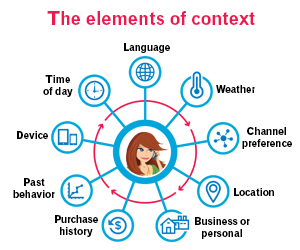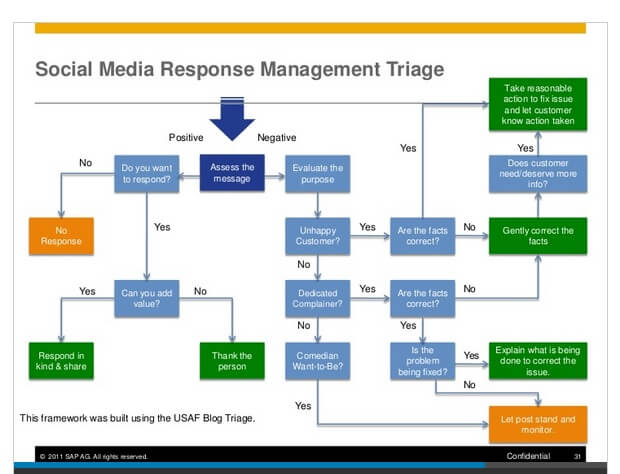
The contextual campaigns are usually influenced by the
recognition of contextual elements such as weather, location, and common
interests of targeted audience. These elements are then considered while
delivering the brand messages.
Nevertheless, contextual marketing in a right direction is
truly challenging. Finding common interests and other contextual elements and
arranging them in line to trigger the marketing campaign is never as easier as
the definition would suggest. But then, the success that you can achieve from
this marketing is surely worth bearing the troubles.
Some important points that you can take into consideration
for successful contextual marketing are mentioned as under.
Content
Content is the king everywhere. That’s what you need to
realize if you want to succeed in contextual marketing. It’s content that
powers chiropractic SEO campaign, offline marketing campaign and marketing on
telecommunication channels. Now when we talk about content for contextual
marketing, the role of contextual elements appears as the most vital factor.
It’s not just KPIs and business goals that you should consider while developing
the content but this development should be inspired by other elements such as
customers’ interests, offers, location, weather, condition and so on.
Response based
marketing is the key
Customers always have questions. So, you have to
ensure that your marketing strategy is capable to answer the questions that
arise in customers’ minds as a response to your marketing pitch. You can make
it happen by mapping inbound and outbound scenarios. This way, you will be able
to develop the content based on responses. Below is an example.
Ability to market based on specific times
Remember, you will need to market only what you can offer at
a specific time. For instance, offering hot coffee in summer season would be
inappropriate.
As a matter of fact, major brands are now hiring individuals
to consistently monitor customers’ response through analytics and other
statistical measures. Sooner, this aspect of judging consumer response is going
to be the part of every marketing campaign.
Customers’ permission
is always important
Making the listener hear your entire marketing pitch,
whether he/she likes it or not, is a cheap telemarketing tactic, which has no
place in today’s marketing. That said, you always need to make sure that your
audience is ready to finally buy what you are offering. For that purpose, make
sure that your marketing tactics, before finally coming to the sales pitch,
have been sufficient in producing brand awareness and a reasonable value of
your product in advance.
No comments:
Post a Comment